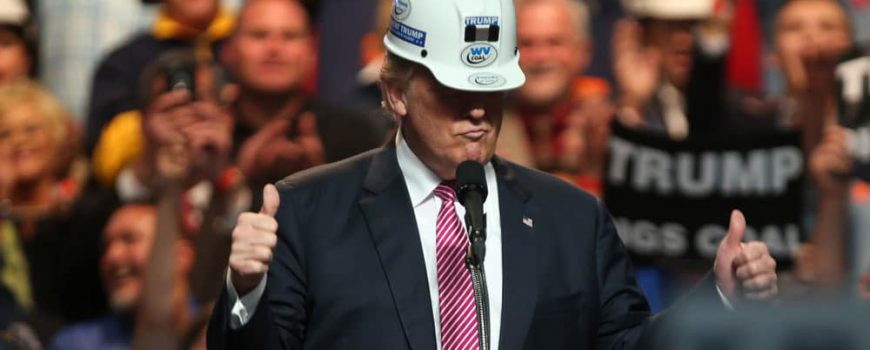)
Donald Trump and Hillary Clinton both championed significant infrastructure spending as a dire need for America to fix the nation’s crumbling infrastructure and putting Americans back to work to boost the economy. Since emerging as the victor, Donald Trump has released a plan relying mostly on tax credits and private/public partnerships to spur private investment in infrastructure (which analysts have noted seems unfinished and lacks a lot of significant details), and earlier this week the Senate Minority Leader, Chuck Schumer introduced a more widespread one relying on $1 trillion in government spending. The president and his opposition have both agree that there is need to rebuild infrastructure, but both sides still have a way to go before they arrive at a consensus on what projects should be focused on, and where the money should come from.
While announcing his plan, Schumer made clear that a spending bill depending solely on tax credits is unacceptable, and Republicans have also rejected the idea of spending a significant amount of money on infrastructure at a time when the US debt is on track to hit $20 trillion in the next few weeks, without addressing that need first. Last month, Senate Majority Leader Mitch McConnell dismissed infrastructure spending overall, saying he hoped to “avoid a trillion-dollar stimulus”, and Senator John Cornyn (Republicans second in command in the senate) echoed McConnell’s sentiments citing the ballooning debt has his main concern.
Many analysts agree that Schumer makes a valid point in his criticism of Trump’s plan – projects that don’t generate revenue for the private sector generally don’t get financed. Despite tax break incentives, it is highly unlikely that projects that don’t generate a revenue stream will receive can attract significant investment as there are other options available (such as projects with tax credits that generate a revenue stream, and smaller donations to nonprofits that will better help their branding). Asking Americans to foot the bill for the privately financed projects through paying tolls for every single road and bridge built would be extremely unpopular and would likely face significant resistance.
However, many hope that Wilbur Ross, Trump’s nominee for commerce secretary who received a warm welcome from both sides during his confirmation hearing and is likely to be confirmed, will be the voice of reason in bringing both sides together. During the hearing, he acknowledged that Trump’s plan appears to be incomplete and lacking important details, and he believes a blend of both plans would provide the optimal outcome. He indicated he would favor projects in larger cities with more traffic being partially financed by private/public partnerships that will rely on toll roads, and those in more rural areas and local roads being financed by the government. During the explanation of his support for infrastructure spending, he said “All kinds of things have to be fixed if we’re going to be a truly competitive economy”.
However, how soon we see progress on the issue remains to be seen, as Trump’s actions in the White House thus far leaves the impression he is prioritizing some more difficult political fights before infrastructure spending – repealing the Affordable Care Act (ACA) and tax reform, both of which are likely be difficult battles. All signs point towards the ACA being repealed, but many analysts agree that tax reform isn’t a given after you consider the size of the US debt (and the increasing payments it will require to prevent default as it grows and interest rates go up) and the obligations the government has vowed to fulfill, not including infrastructure which would be an additional cost.

